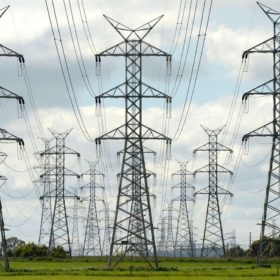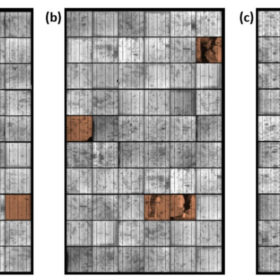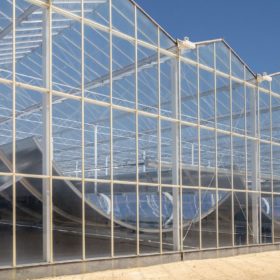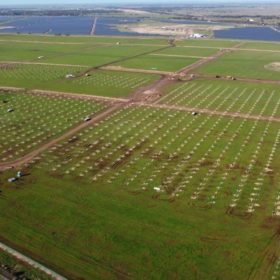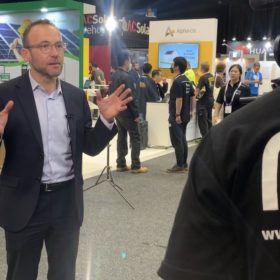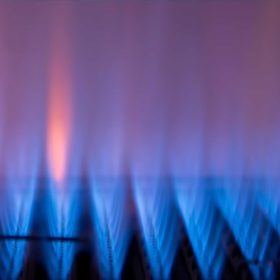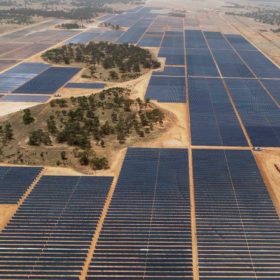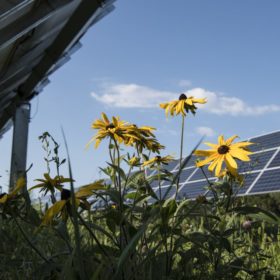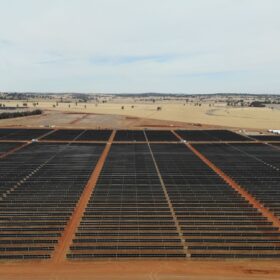NSW announces tender round for large-scale wind, solar and storage
New South Wales has reached another milestone in its transition from coal-fired power generation to renewables-based electricity with the state government announcing the start date for a tender process expected to deliver at least 2,500 GWh of new annual generation and 600 MW of long-duration storage.
Small cracks have negligible effect on solar cell performance
A team of researchers from the United Kingdom have found that crack percentages of up to 11% have a very limited impact on solar cell performance. They also ascertained that hotspots are likely to arise when the crack percentage is in the range of 11 to 34%.
Turnbull backs US solar energy company’s technology to decarbonise heavy industry
Former Australian prime minister Malcom Turnbull has joined the advisory board of resurrected American concentrated solar thermal energy company GlassPoint as it looks to target mining and manufacturing companies with its clean energy technology.
128.5 MW solar hybrid plant reaches financial close in South Australia
Vena Energy Australia has reached financial close on the second stage of its Tailem Bend 2 Hybrid Project thanks to a PPA with Zen Energy and green financial support from DBS, ING, and Siemens. The 128.5 MW project will comprise 87 MW of solar with 41.5 MW of battery energy storage.
Indian state of Gujarat tenders 1.5 GW of solar
Solar developers have until Aug. 23 to bid for the rights to build up to 1.5 GW of grid-connected solar projects under 25-year power purchase agreements.
Greens begin formal negotiations on Labor’s climate bill
The Greens party says it will now begin “formal negotiations” with the Labor government on its climate bill, raising concerns about what it deems an inadequate 43% emissions reduction target and allowance for new coal and gas projects.
Fears skill shortages may delay Australia’s renewable progress
Concerns Australia’s skills shortage will impact the new federal government’s hallmark $20 billion Rewiring the Nation program, as well as the clean energy transition more generally, have been raised at the Australian Clean Energy Summit in Sydney.
Gas from Sydney’s wastewater soon to hit the city’s network
Sydney is close to having its first ‘renewable’ gas – converted from wastewater’s raw biogas into biomethane. The gas is to be produced at the Malabar Wastewater Resource Recovery Plant, with the trial the result of partnerships between ARENA, the NSW government, Sydney Water and Jemena.
Octopus announces $10 billion renewable investment funds, acquires Australia’s largest solar project
Octopus Investments Australia, a subsidiary of the major global Octopus Group, today launched two renewable energy investment vehicles totalling $10 billion. The Octopus funds’ first joint acquisition is Australia’s largest operational solar farm, the 333 MW Darlington Point Solar Farm in New South Wales.
Novel method to turn existing solar parks into agrivoltaic facilities
An international research team has developed a new methodology to increase levels of pollination at ground-mounted solar plants. It involves the development of new vegetated land cover below and around solar parks.
